The search for Frank Pulley
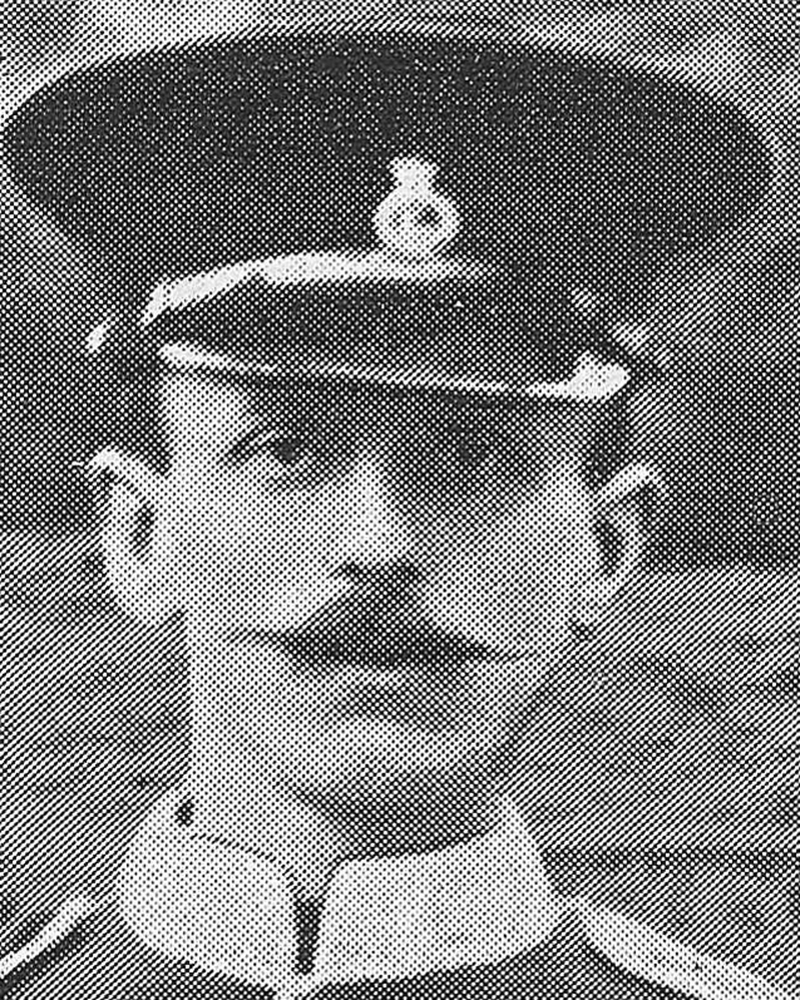
19 days to Zillebeke
19 days after leaving Bury St. Edmunds, where he was training for the front line, Private Frank Pulley died on 19th November 1914 near the village of Zillebeke, to the east of Ypres. He was buried in the grounds of the village church, but his grave was lost following further action in the area.
This is not just Frank’s story, but also the men of E Company, Hertfordshire Regiment, with whom he served.
Some were Frank’s friends from Royston and knew him well, others came to know him in the few weeks that the Regiment was at Bury St. Edmunds.
Our Objective
The project attempted to gather sufficient evidence to petition for the erection of a memorial stone at Zillebeke cemetery alongside those for other men whose graves in the churchyard were similarly lost. It was only after this evidence was obtained that the team discovered that the Commonwealth War Graves Commission no longer accepts such petitions.
Sources and eye-witnesses
Ths article has drawn upon a number of sources to tell the Frank’s story.
Interviews in local papers - The Royston Crow, Hertfordshire Express and The Letchworth Citizen
Hertfordshire Regiment’s war diary
Major Henry Page Croft memoir - Twenty-Two Months Under Fire, published in 1917
Individual eye-witnesses
IWM interview with Private Clifford James Lane - for context
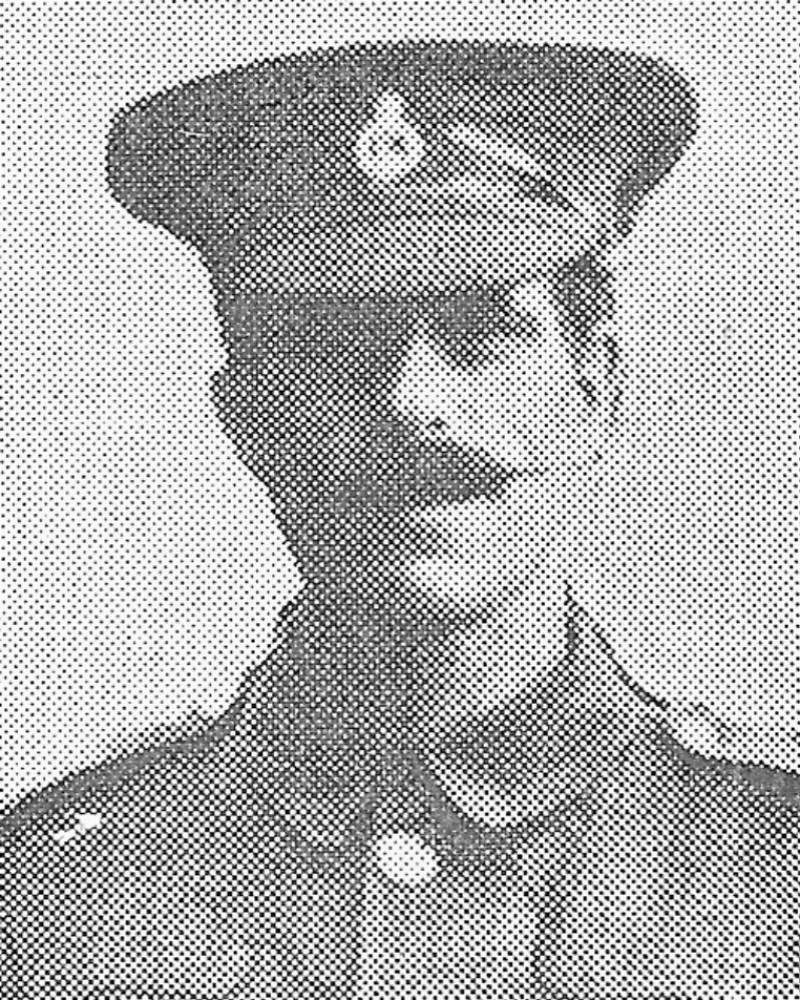
John James Wilkinson
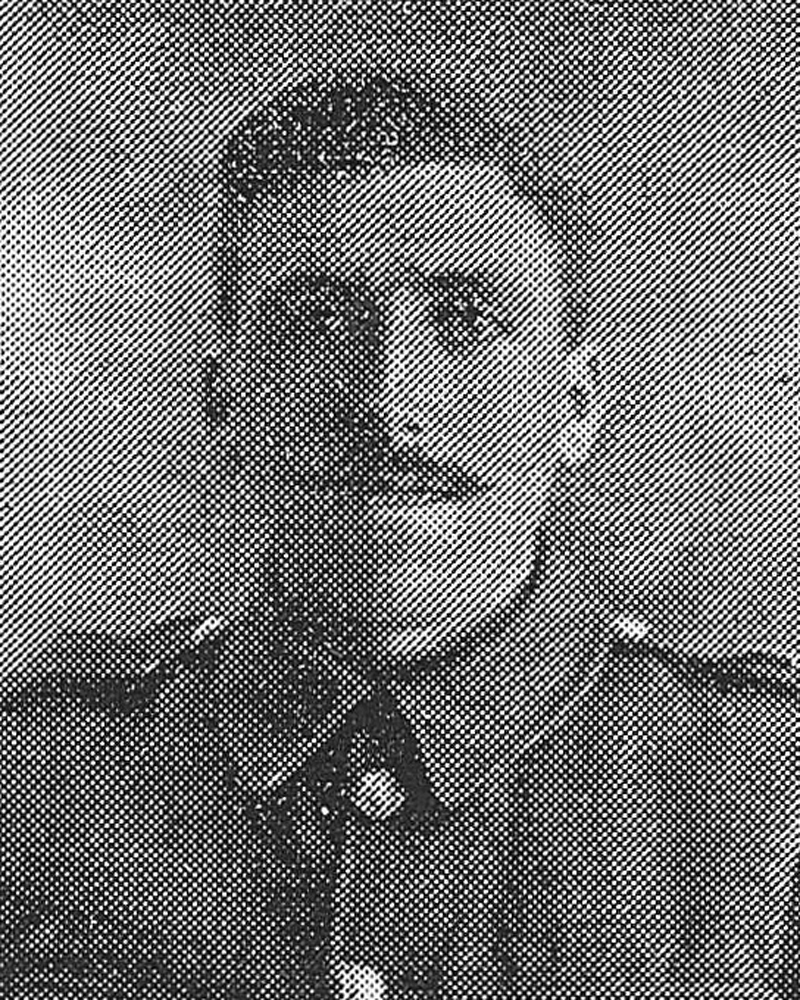
Tom Weston
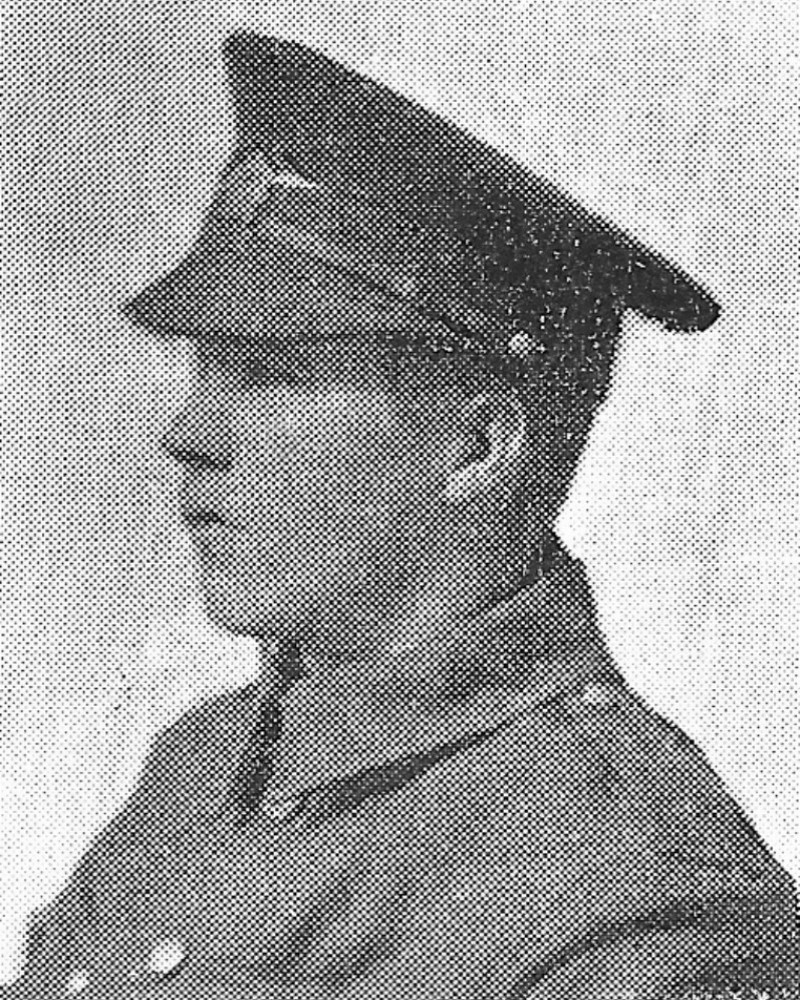
Ernest John “Jack” Stoten
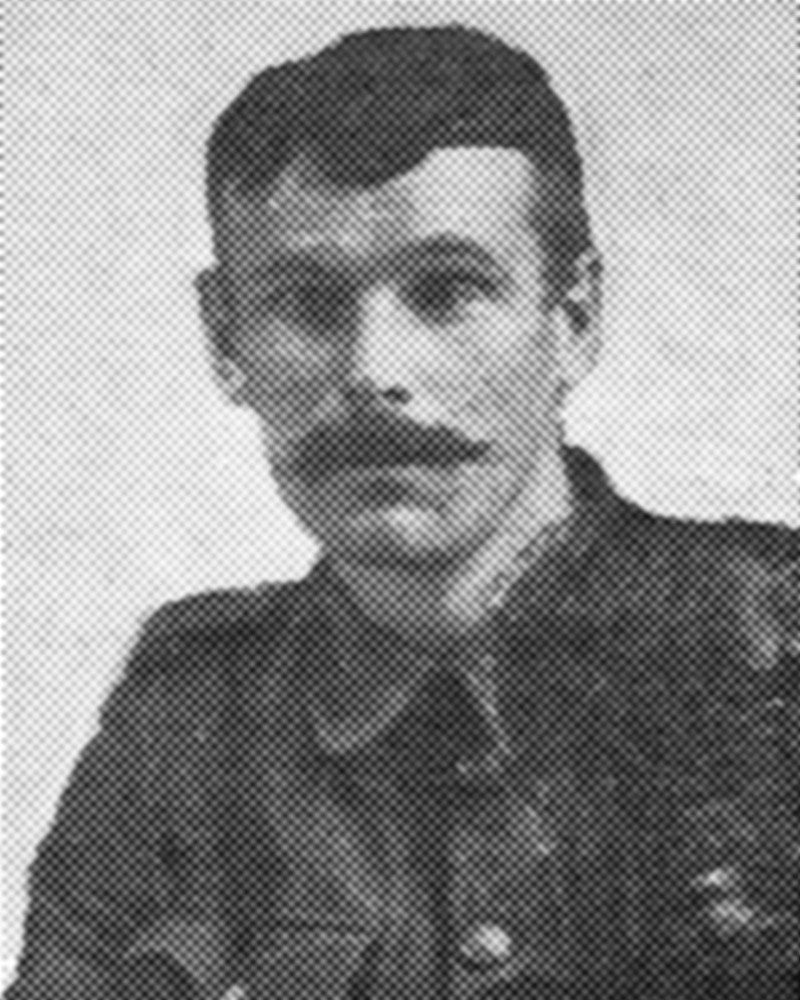
William Robert “Bob” Pigg
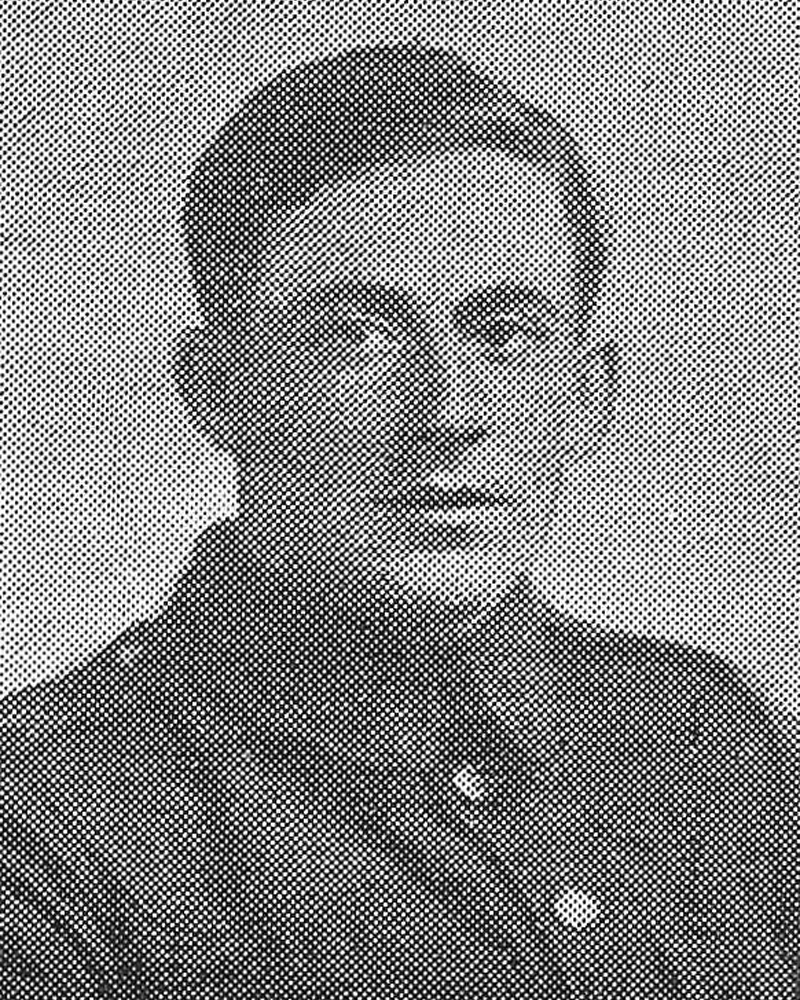
Frederick James Darlow
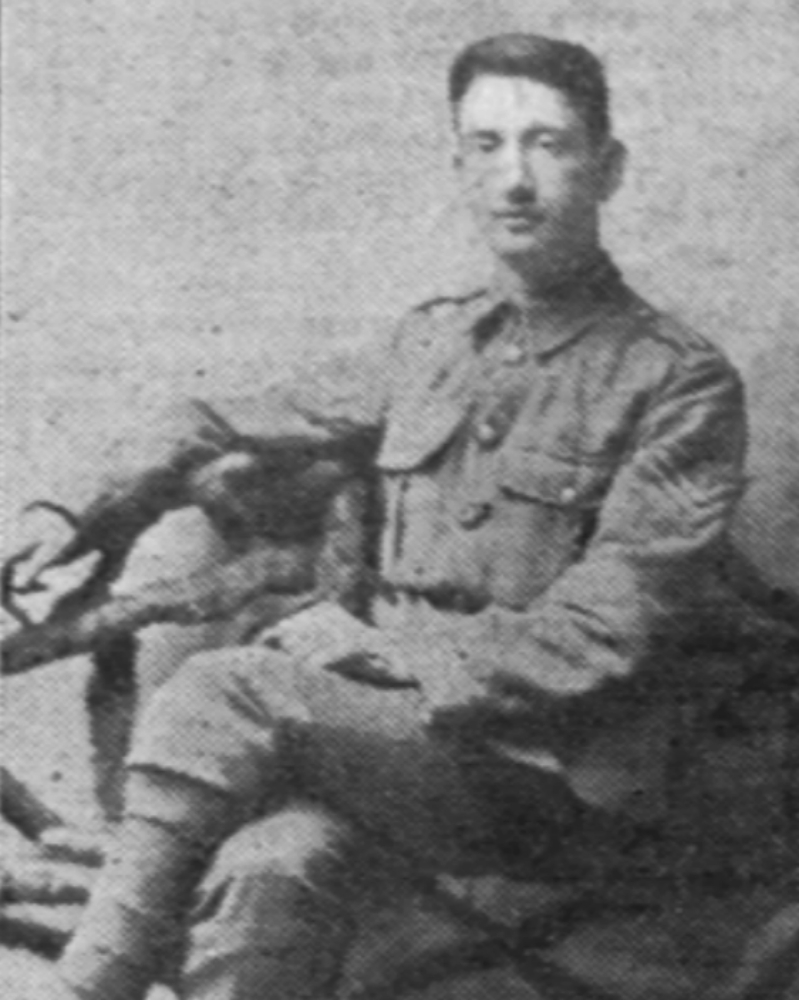
Arthur Boardman

Arthur Garner
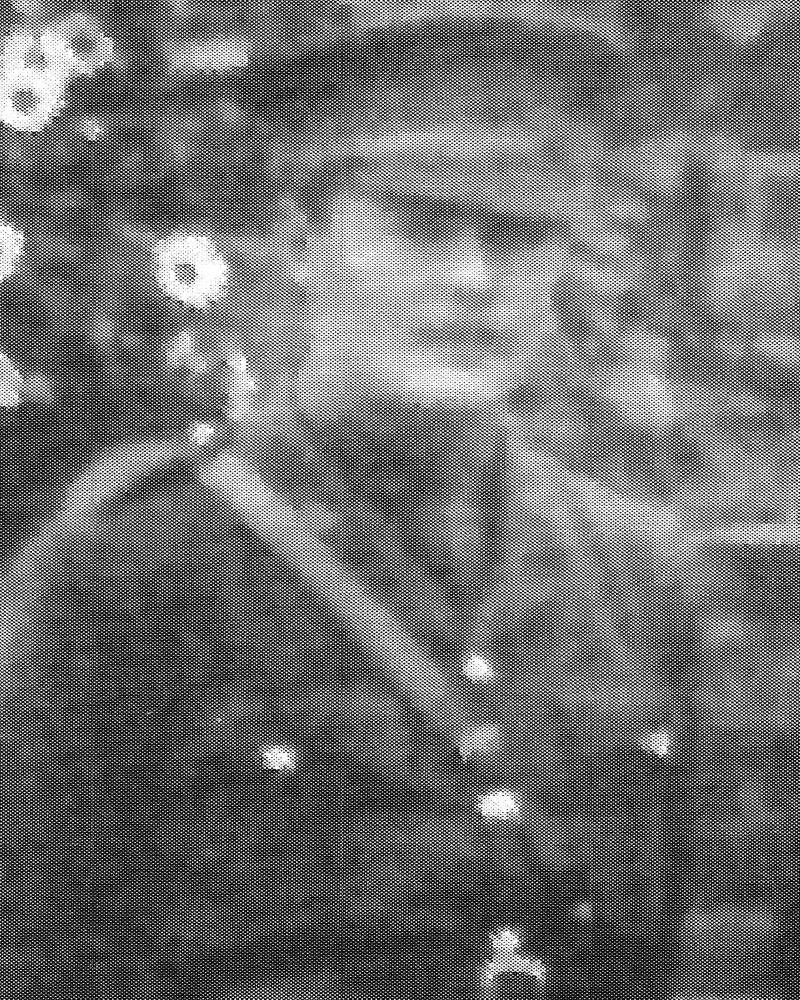
Thomas Richard Bevan
Who was Frank Pulley?
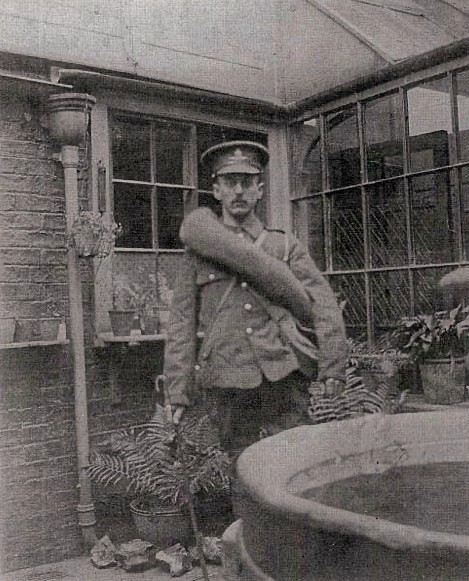
Born in 1882 in Royston. He was the son of Fanny and George Pulley of The Mount, Royston. His siblings were Bertha, Minnie, George, and Florence. He worked as a painter for Mr W. H. Hinkins for 14 or 15 years.
He was part of the old 1st Hertfordshire Volunteer Battalion and a member of the Army Service Corps. When the Territorial Force was formed, he joined the Artillery, later transferring to the Royston “E” Company to be eligible for the Long Service Medal.
In 1912, he joined as a reservist for the Hertfordshire Territorials. When war was declared, all reservist were called up for further training.
This photograph of Frank was taken on the day he left Royston with the "E" Company on the 5th August 1914.
The journey to the Front
Timeline - Royston to Bury St. Edmunds
August 5th to 7th
Arrived at Hertford by rain from Royston on 5th and remained in for three days.
August 8th to 18th
Left Hertford by train on 8th August arriving at Romford where the Company remained for 10 days.
August 19th to 21st
Left Romford on foot bound for Long Melford. Covered 18 miles on 19th, 13 miles on 20th and 12 miles on 21st.
August 22nd to 26th
Remained at Long Melford for 5 days before moving 9 or 10 miles to Bury St. Edmunds where the Company received basic training before leaving for France.
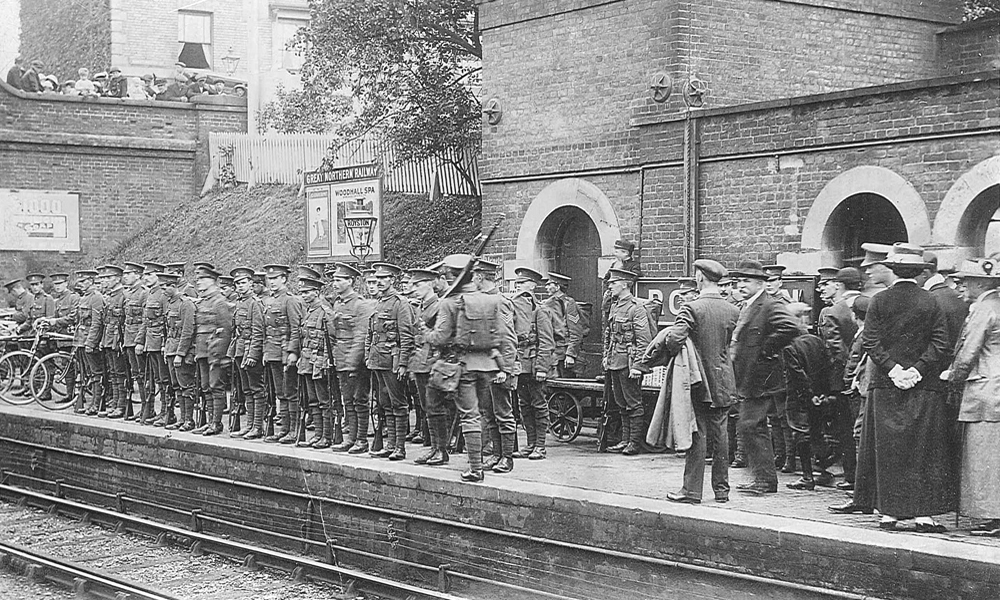
Among the men with him in the group photograph gathered at the station were Lt. John Bevan, Lance Corporals John James Wilkinson and Tom Weston, Privates Ernest John Stoten and Frederick James Darlow. Stopping at Letchworth for the “E" Company based there to board, they were joined by others including Privates Arthur Boardman and Arthur Garner.
The Company mustered at Hertford with the other companies of the Hertfordshire regiment and left for Bury St Edmunds for further training. On the 1st November orders were received for embarkation to the Front. at midnight on 5th November they boarded the vessel ‘City of Chester’ at Southampton and arrived at the Le Havre the following day.
Timeline - Bury St. Edmuds to Zillebeke, Belgium
November 1st
Day 1
Received orders to leave Bury St. Edmunds for France.
November 5th
Day 5
Left Bury St. Edmund on two trains bound for Southampton where the Regiment embarked at midnight on “City of Chester” bound for Le Havre.
November 6th
Day 6
Arrived at Le Havre by midday.
November 8th and 9th
Days 8 and 9
Moved by train from Le Havre to Tattingham Camp outside Saint-Omer, a journey of approx 75 miles. Due to receive further training in combat, trench warfare and communication.
November 10th
Day 10
Troops inspected by Sir John French, Commander of the British Expeditionary Force.
November 11th
Day 11
Orders received from Lord Cavan, Comander of the 4th Guards Brigade’s 2nd Division, to proceed to their headquarters at Ypres, a journey of approx 30 miles.
November 12th to 16th
Days 12 to 16
Arrived at the village of Vlamertinge on 12th and stayed until 16th November before moving on foot through Ypres.
November 17th
Day 17
Arrived at Brigade HQ at Outpost Farm, known as "Kilo 3”. Four of the 8 Companies ordered into the trenches.
November 18th
Day 18
Remained in the trenches under heavy shelling.
November 19th
Day 19
Private Frank Pulley killed in action and buried in Zellebeke cemetery.
November 20th and 21st
Left trenches at 11.00 pm to rendezvous at Outerdam before heading to Meteran, arriving on 21st.
Spring 1915
Bob Pigg visits Zillebeke cemetery and sees Frank Pulley’s grave marked with a wooden cross.
Transferring by road and rail they arrived at St. Omer, billeted a few kilometres outside at Tatingham camp for further training. It was here that the British Expeditionary Force Commander, Sir John French arrived to inspect them. On the 11th November, while still in training, a message arrived for the 1st Herts to join Lord Cavan’s 4th Guards Brigade at the frontline, which was situated south of the town of Ypres. This brigade, nicknamed the ‘Crack Brigade’, consisted of the following regiments: 2nd Grenadiers, 2nd and 3rd Coldstream and the 1st Irish Guards. The ‘Herts’ honoured to be chosen to join an elite band, boarded 45 London Omnibuses, journeying along narrow and cobbled roads and at times in darkness arrived at Vlamentinge, west of Ypres.
Their 2nd in command, Major Henry Page Croft, described their arrival in his memoir :
“At last, about midnight, we pulled up in Vlamertinghe and " debussed," if that is the right expression, into a dreary street, whilst the rain came down in torrents and rations were served out — a tiresome business at any time, especially so when the food was all packed on the last bus (which did not arrive for an hour after the head of the column), and had to be issued in pitch dark whilst all ranks were soaked through.”
While waiting at the village “D” Company of the 1st Bedfordshire Regiemnt pass, heading for their headquarters at Locon. Bob Pigg of the Bedfordshires, in an interview published in the Royston Crow on 20th August 1915, recalled the following exchange:
'What mob are you?' I called. Frank replied '1st Herts! Is that you Bob?' I got permission to fall out and speak to him but had not much time to talk, and after a few minutes we shook hands and parted".
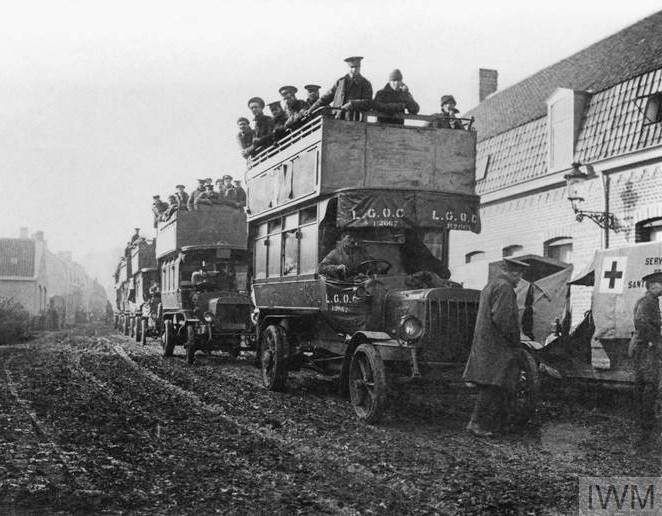
They marched through Ypres where artillery fire had damaged most of the buildings, many of which had collapsed.
Arthur Garner said:
“It was absolutely deserted and still as death, and looked weird with its roofless houses standing out against the now static sky on either side of the road, ruins of many buildings scattered across the way.”
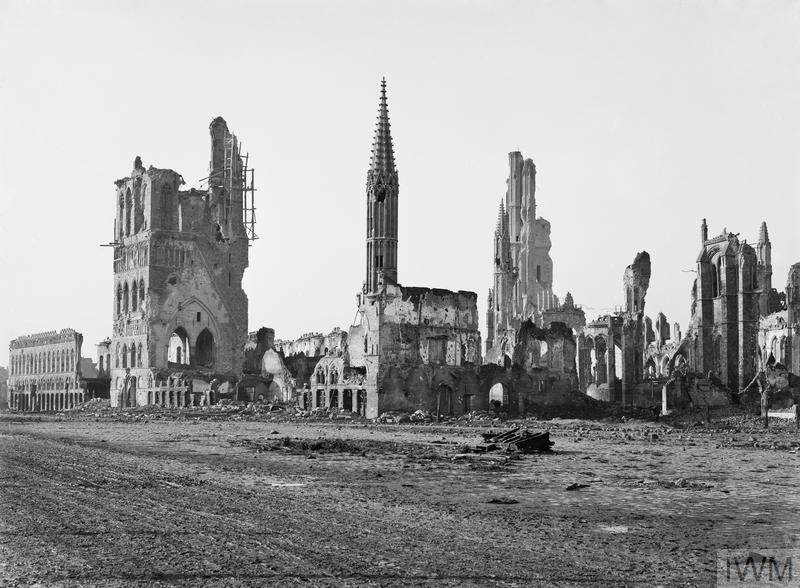
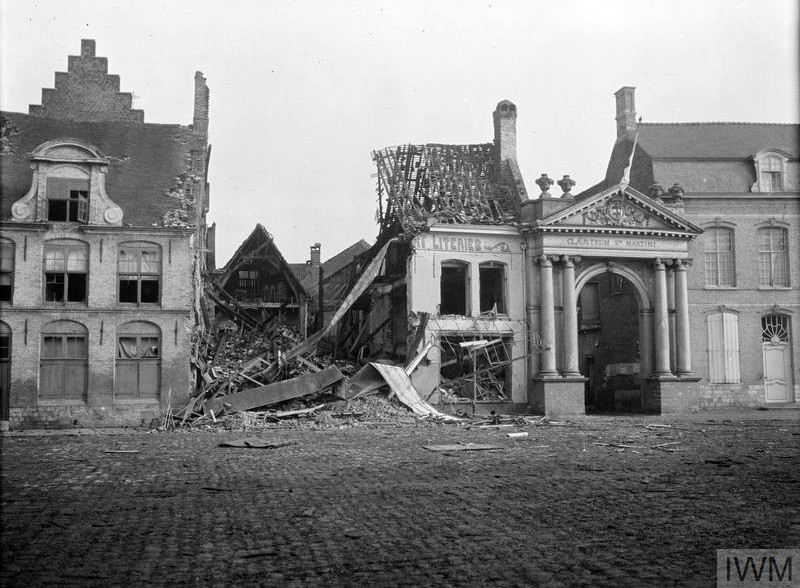
The fighting at Sanctuary Wood, Zillebeke
By 17th November, the regimental War Diary has recorded that they were now south of Ypres, near ‘Sanctuary Wood’ when four of their companies, of which one was “E” company, were ordered into the trenches about 1 mile south-east of the village of Zillebeke. The “trenches" at that time were little more than fox-holes which could accommodate 2 or 3 men. The men, interviewed for the local newspapers, did not mention that they were under orders to fight, just that they had been ordered into the trenches. Unknown to “E" Company, it appears that they had drawn the short straw. During the next two days, this Company came under heavy shelling and were to sustain their first war casualties.
On the 18th, Roystonian Frederick James Darlow, had been despatched with a message to Brigade Headquarters at Meteran. He did not return and was reported missing. Captain Wilberforce Times, commanding the Cycle Unit of the regiment, later learned that he had arrived at HQ and on his return was reported missing, the Herts’ first casualty from Royston.
Back in the trenches the men of the company had been taking shelter from the shelling -
Lt. Tom Bevan
Letter to his mother, Maud
“During the shelling several of the men got buried by the shells falling so near the trenches as to blow the sides in, and had to be dug out by the others … the part of the wood where we were very few trees were left, most of them falling onto our trenches, making it impossible to get out until they had been cleared away under cover of darkness. After the German shelling our troubles had not ended for a French gun came up too close to us behind and began firing over our heads.”
Lance Corporal Tom Weston
Witness to the death of Arthur Ernest Boardman, 18th November 1914
“Yes, I saw Corporal Boardman of Letchworth killed. He was shot down with our own guns. He was serving bread out to our fellows in the trenches. He was going along when I heard the warning whistle. I said to him ‘wait a moment the whistle has gone.’ He replied ‘I’ll give this loaf to this trench', and just as he said it, I heard him fall. He fell where he lay until daylight when I and a chap from Baldock, named Ellis got out of the trenches and buried him as best we could. The Germans were potting at us all the time, but they did not hit us. One of their bullets however went through poor Boardman’s body as we buried him.”
Private Arthur Garner
Witness to the death of Arthur Ernest Boardman, 18th November 1914
"Two of his comrades buried him and while they were doing so a German sniper in a tree was attempting to pick them off. So poor was his aim, however, they were unhurt and the only hit he made was through the dead body of poor Boardman.”
On the 19th November the shelling continued -
Lance Corporal John James Wilkinson
Witness to the death of Frank Pully, 19th November 1914
“I have had a rough time of it. I lost my poor old mate, Frank Pulley. He was killed by a bursting shell. I shall never forget that day as long as I live, and thank God I never got hurt. I was in the same trench as Frank with one chap between us, but neither of us got hurt. We were the only Company that lost any men that day as far as I know. No one from Royston was killed other than Frank. A piece of shell hit him in the stomach and he was dead in less than ten minutes. He never spoke after he was hit.”
Private Ernest John “Jack” Stoten
Witness to the death of Frank Pully, 19th November 1914
“We had been under shell fire all the morning. It was about midday when I was hit with a piece of shrapnel. It was about ten minutes after poor Frank Pulley got killed. I was about three men away from Pulley.”
Private Arthur Garner
“A shell burst in our midst, I was knocked over and felt a sharp pain in my right arm and knew I had been hit… they lay in various state of injury until about six o’clock when the ambulance men came with stretchers and conveyed the worst to hospital.”
The men who arrived were from the 4th Field Ambulance. They transferred the wounded to hospital at Wimereux and then via Boulogne to hospital at Lincoln. They also carried the dead for burial at the nearest churchyard, in this case at Zillebeke, less than a mile from "Sanctuary Wood".
The War diary recorded that at 11.00pm on the night of 20th November, the regiment moved out of the trenches and arrived at Meteren the next day. 11 men, all from “E" company lost their lives in the two days that the regiment had been in the trenches.
Remembering Frank Pulley and the evidence gathered
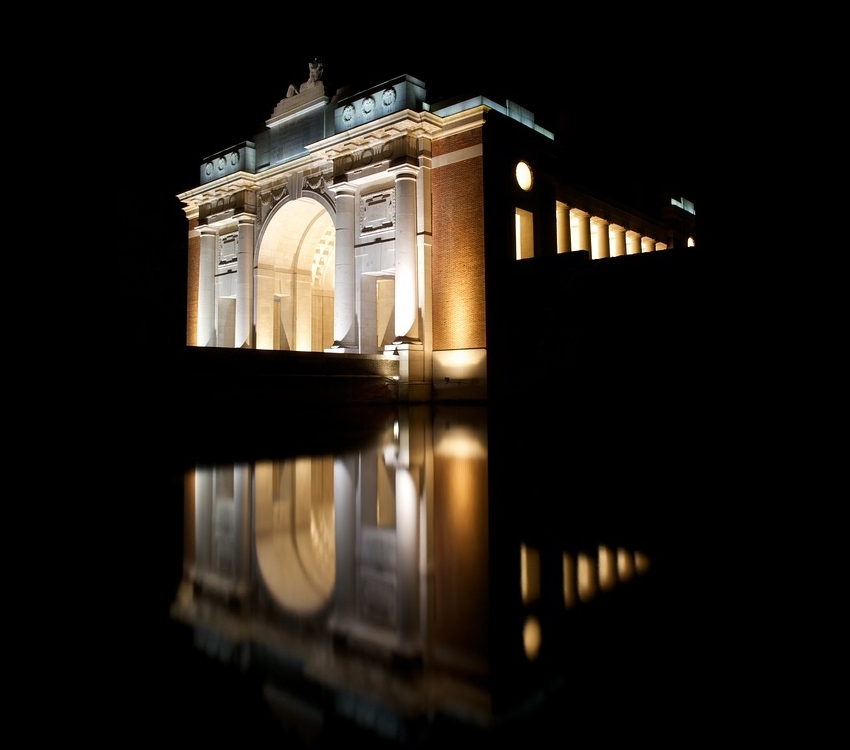
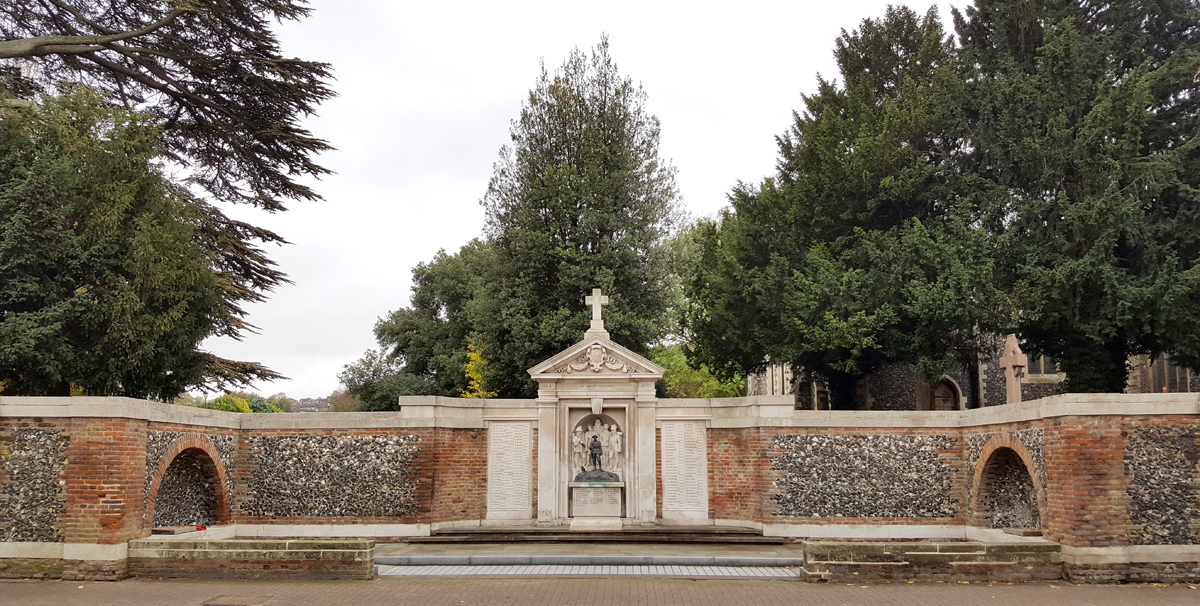
Frank Pulley’s life and war may have ended in the trenches on the 19th November 1914, but we believe that his story should not end there. He is remembered at the Menin Gate Memorial at Ypres and, at home, on the Royston War memorial.
Robert “Bob Pigg
Bob Pigg worked for the Royston Crow and became an unofficial war correspondent for the paper during WW1.
He recalls his visit to Frank Pulley’s grave -
“I saw Frank Pulley’s grave in the village churchyard at Zillebeke, on the left of Hill 60. I heard from home that he was killed but did not think it was true. He lies beside an officer of the 1st or 2nd Life Guards and a little wooden cross mark the spot.”
The background to the fighting
Complex international relationships and treaties meant that the British had a duty to defend Belgium following its invasion by the German army. This lead to the engagement of the British Expeditionary Force (BEF) which had been in France since August 1914. The 1st Bedfordshire Regiment had been sent to the front at the beginning of the conflict with the 1st Hertfordshire regiment arriving in November 1914.
During 1914 arrangements were made between the British Expeditionary Force, the Belgian authorities and local church officials that ‘their fallen’ could be buried in local community cemeteries.
Zillebeke village
Zillebeke village, south of Ypres, serves a farming community. The area was at the centre of fighting during October and November 1914 with the BEF, the French and the remnants of the Belgian army trying to halt the German advance.
Lord Cavan’s 4th Guards Brigade, having sustained casualties in the early part of November, urgently needed reinforcements. The Hertfordshire Regiment, having recently arrived in France, was sent immediately to the front line, despite neither the officers nor privates having any experience of active warfare.
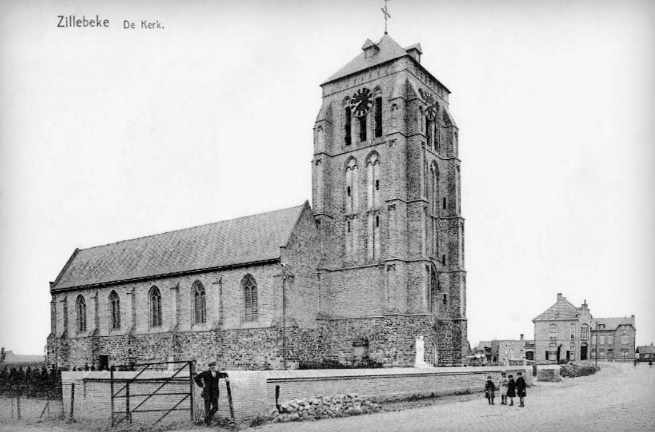
This photograph is of the Church, the cemetery and a row of houses in the distance at Zillebeke prior to 1914. The area granted to the allies for their military burials is behind the gate and the walled area where the man is standing.
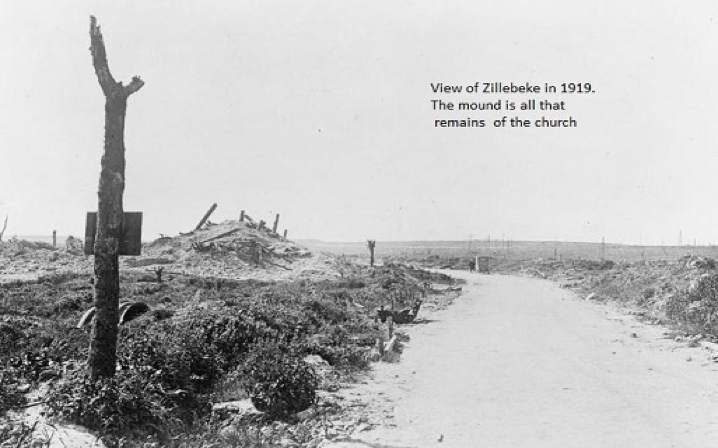
In this image, taken in 1919, the mound is all that remains of the Church and its cemetery. The houses have been destroyed and all that can be identified of this village was the line of the road. The area was again heavily damaged during the Passchendaele Campaign of 1917.
Imperial War Graves Commission’s surveys
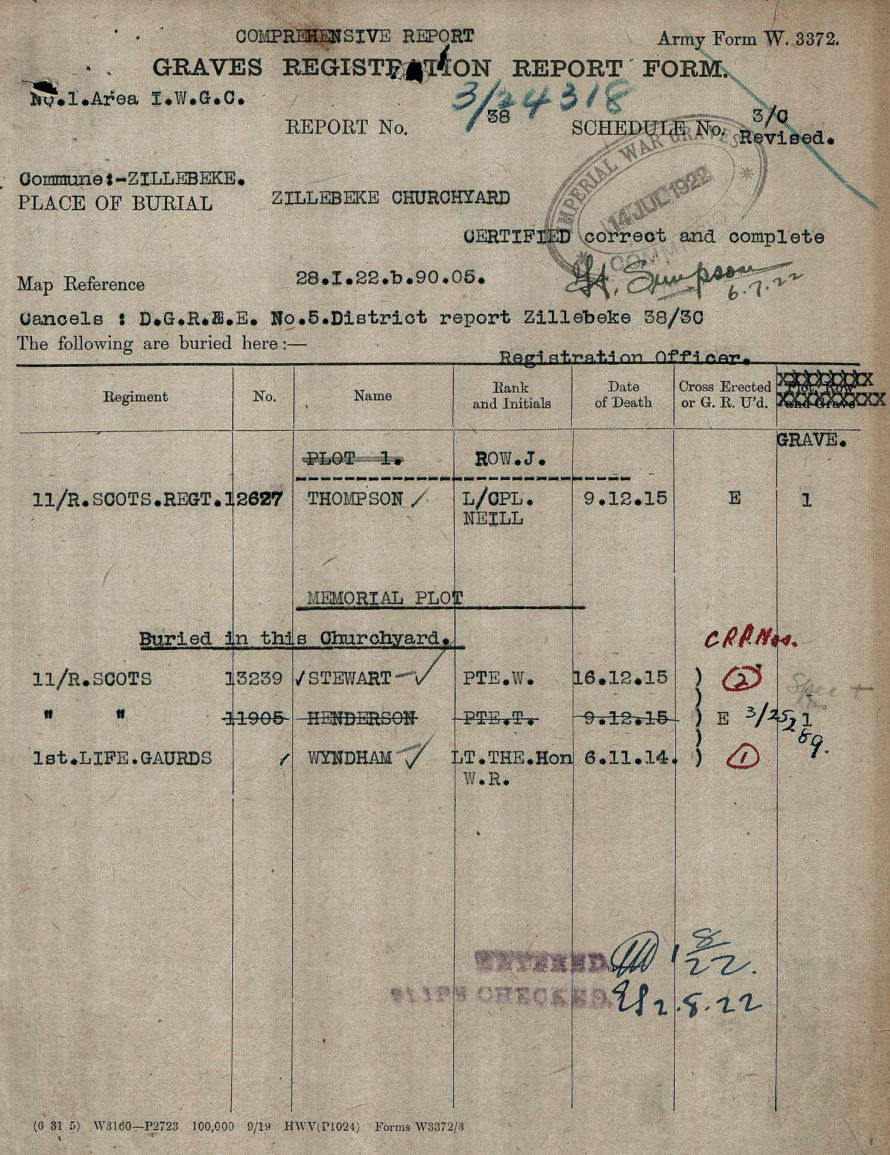
IWGC Survey from 1922
After the war, surveys of the burial grounds were conducted by the Imperial War Graves Commission in order to establish the known locations of the graves they contained. Zillebeke cemetery was surveyed in 1920 and 1922. The first survey listed nine burials, although five were later crossed through. The second survey listed only four burials but, again, one was crossed through.
Two names are of note on the 1922 survey, Lt. The Honourable William Wyndham of the 1st Lifeguards, and Pt. William Stewart of the 11th Royal Scots. These man were known to have been buried in the churchyard, but there graves were lost during later military activity in the area, probably during the Passchendaele Campaign of 1917.
“So well liked was Sinbad [Reggie Wyndham's nickname] amongst the troops that when darkness fell that same night, two drivers from the machine gun section, Rubber Reeves and Tinker Underwood, got two horses and a half-limber, galloped up to the scene of the counter-attack, and brought back his body for burial in a near-by churchyard.”
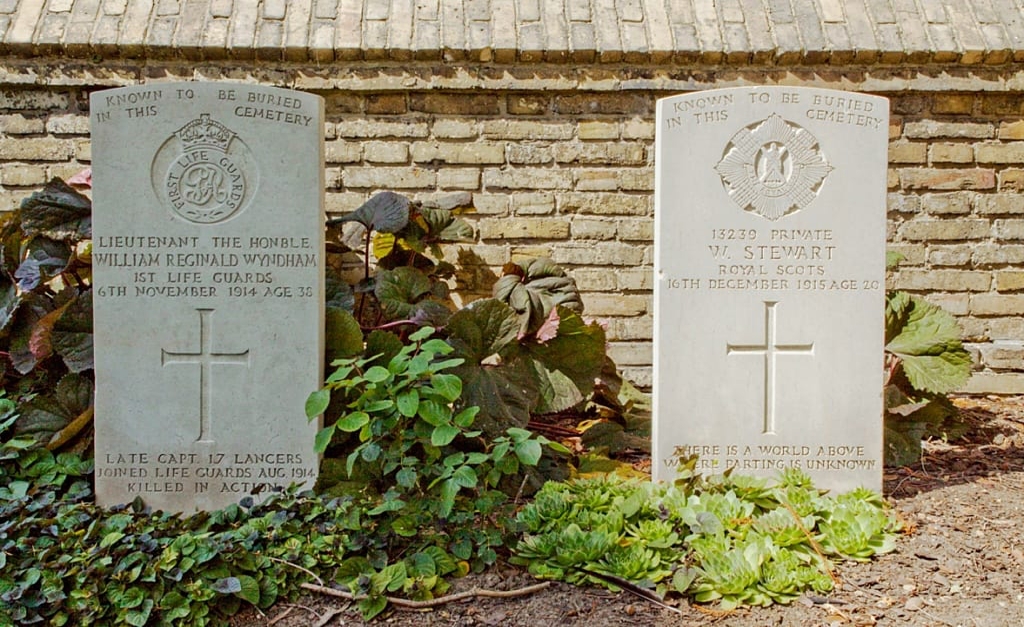
These memorial stones, erected by the south wall of the cemetery and marked as “Special Memorials” on the plan, are to Lt. the Honourable William Reginald Wyndham, who died on 6th November 1914. Next to him is Private W Stewart, who died on 16th December 1915.
We believe that Frank was interned next to Lt. Wyndham, as Bob Pigg said in his account “He lies beside an officer of the 1st or 2nd Life Guards and a little wooden cross marks the spot”.
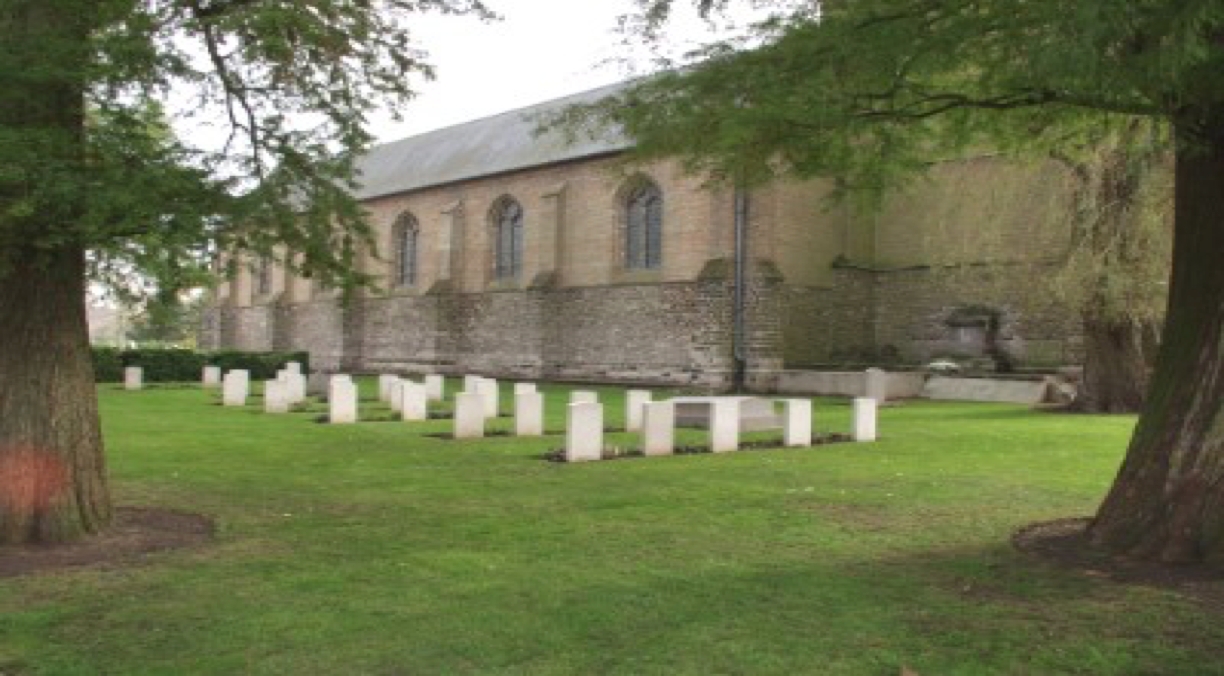
This is Zillebeke Cemetery today. The main body of identified burials are centred surrounded by lawn. It may be possible that there are other graves within this lawned area which have similarly been lost.
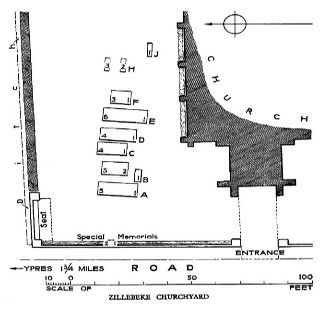
The rôle of the Field Ambulance Companies
The service records of Lance Corp. Tom Weston, and Privates Arthur Garner and Walter Walker show that they were injured on 19th November and helped by the 4th Field Ambulance Company before being transferred to the UK for treatment.
Orders for the 17th November contained in the records for the 4th Field Ambulance Company held at the National Archives show that their Bearer Division was to remain with Lord Cavan’s Brigade at Zillebeke. Their rôle included the recovery of the dead and injured from no-man’s land at night and during breaks in the fighting and transferring the dead for burial. Morgan George Crofton, an officer with the Lifeguards, wrote in his diary on 20th November that he visited Zillebeke to see the damage inflicted by the fighting and that “All the time we were in the village, wounded were coming in from the front-line trenches”.
Zillebeke was on the evacuation route for the wounded and the nearest village where a churchyard was available for the burial of the allied dead.
Who was the officiating Chaplin?
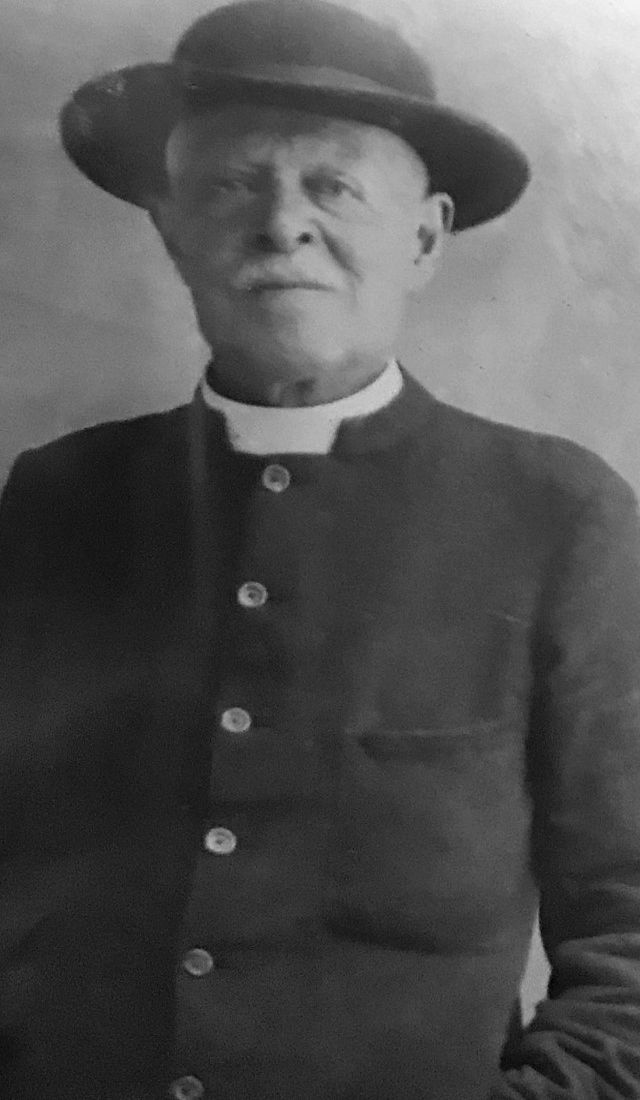
Rev. William d’Abzac Crofton
Private Clifford James Lane of “H” Company, aged 19 in 1914, was interviewed by the Imperial War Museum in 1983. He recalled “I only saw two padres in the frontline during my whole service. One was very, very, very despondent about the whiole affair - the other was on the first day of what is called Passchendaele”.
Rev. William d’Abzac Crofton was the vicar at Codicote, near Welwyn. He was gazetted in 1908 as Chaplin, 2nd Class (equivalent to Lt Colonel), and joinied the Bedfordshire and Hertfordshire Territorials. Serving from 1914 to 1916, he was 60 year old when he left for the front line in November 1914.
Although we have not been able to prove he officiated at specific burials, as the Passchendeale Offensive did not occur until 1917, after he had left the front line, he is likely to have been the “very, very, very despondent padre” Private Lane encountered.
He maintained a diary which he often used to read to friends who later visited him, some of whom were known to him during his service with the Hertfordshire Regiment. We have not been able to trace this diary, so we do not know if it contained any evidence of his attendance to Frank Pulley’s burial.
He died in 1936 at Hitchin and is buried at Codicote. Among those at his funeral were men who served with him, including Lt. Wilberforce Onslow Times, who was at Zillebeke in November 1914. Lt. Times was in command of the Hertfordshire’s cycle messengers. He was the officer who wrote to the family of Frederick James Darlow informing them that he was missing in action and was later presumed dead.